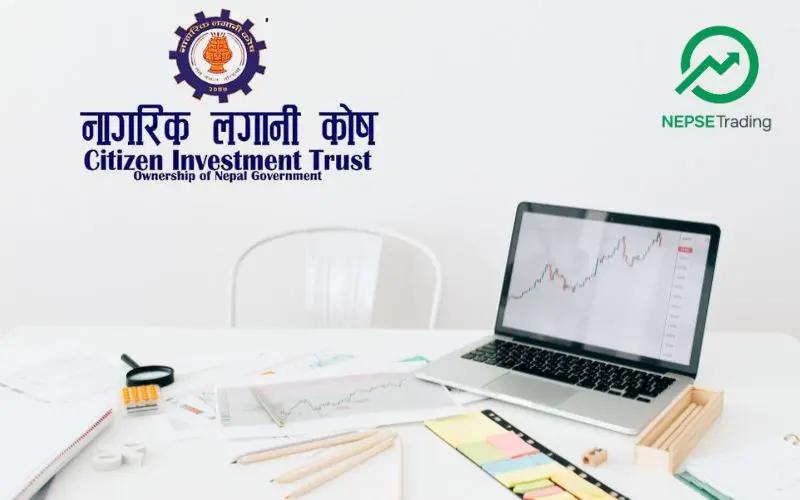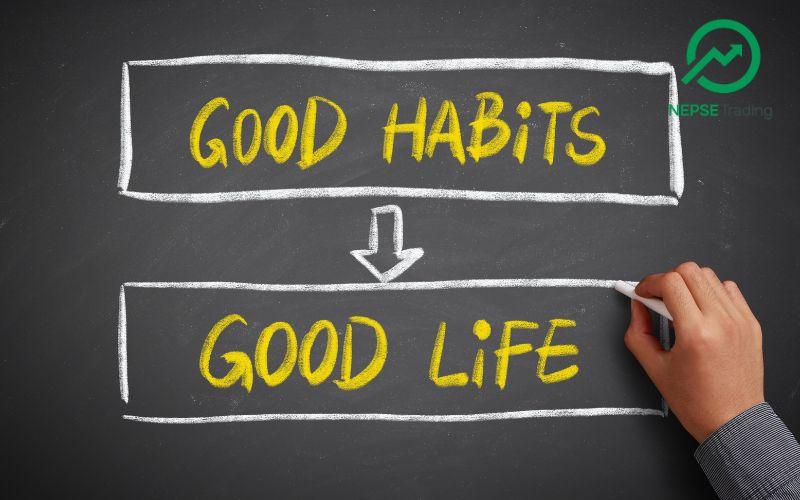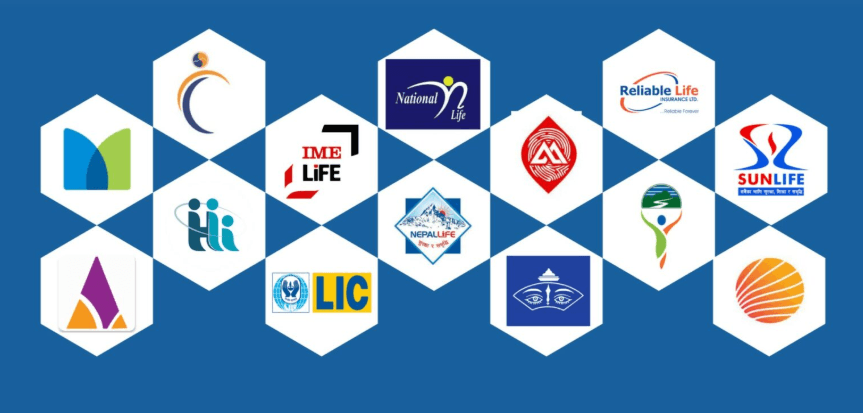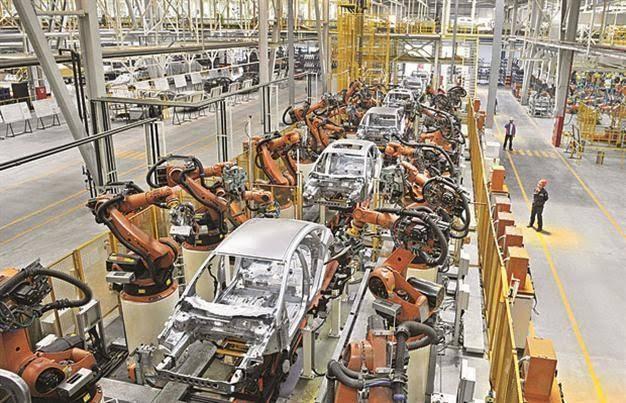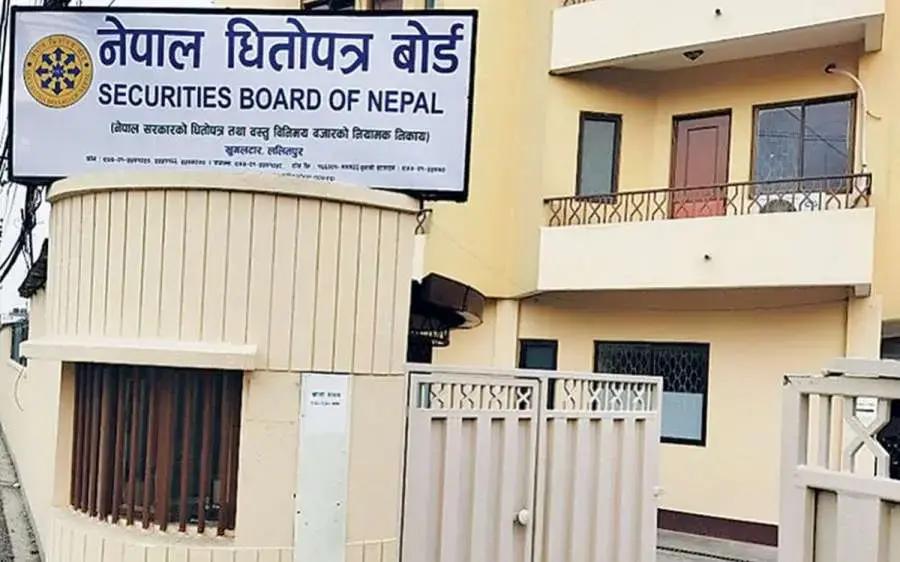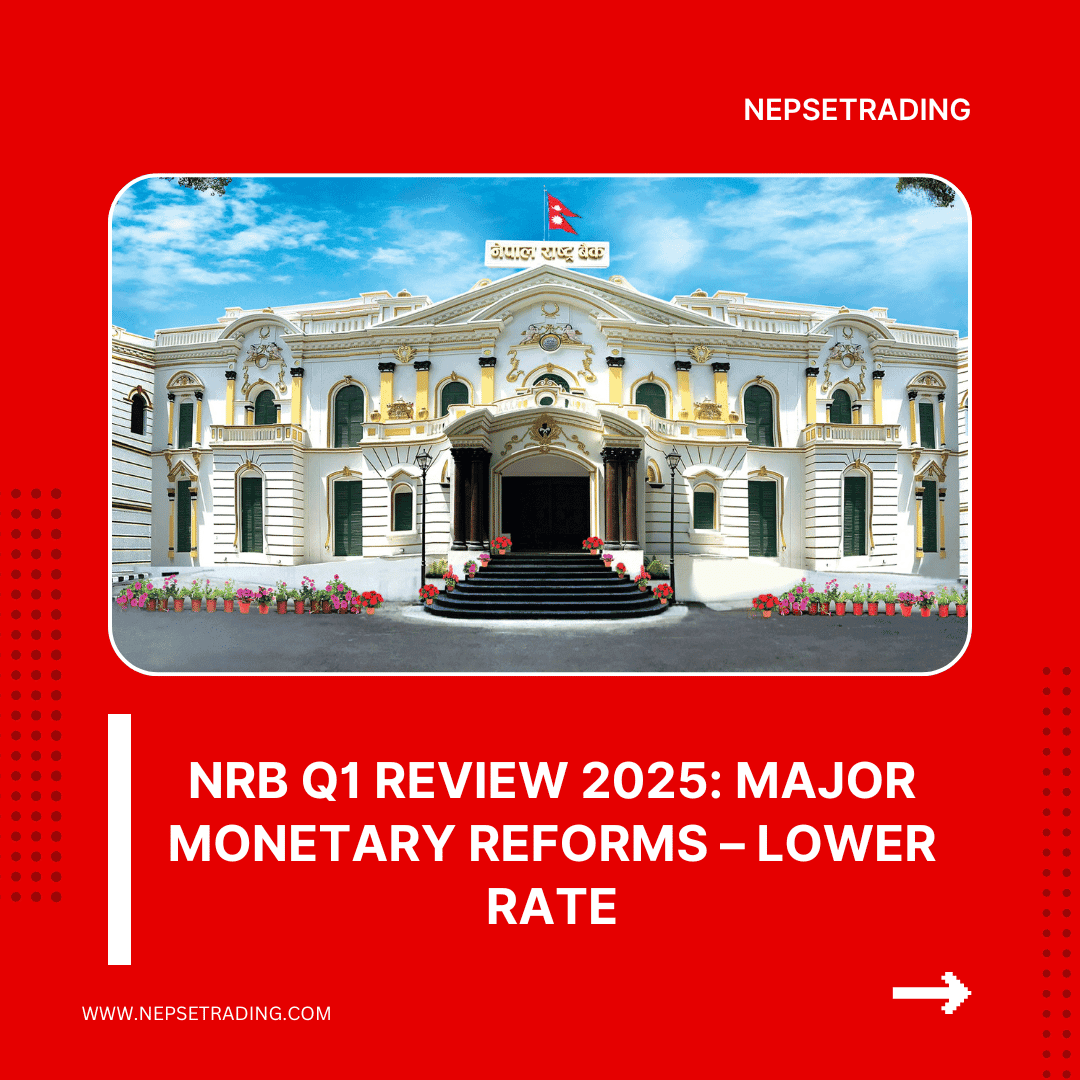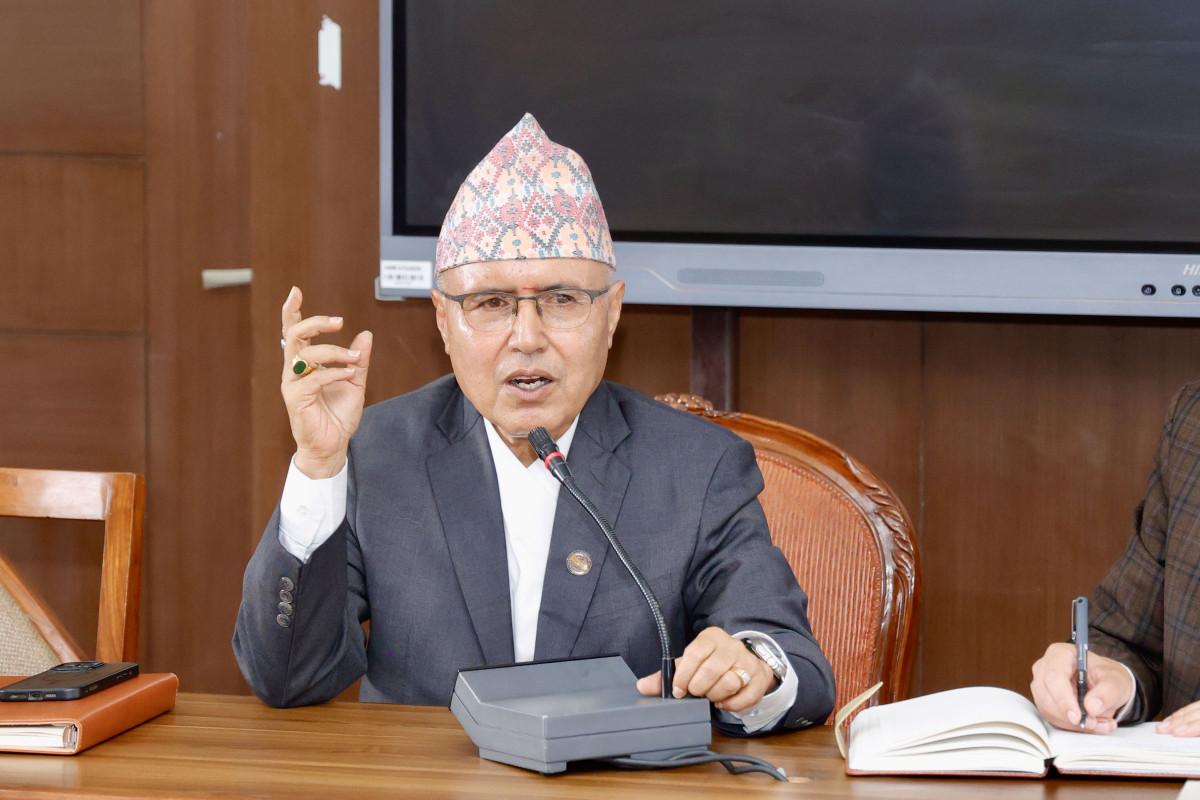By Sandeep Chaudhary
Historical Trends: Nepal’s CPI Outpaced India by 1.68% on Average Since 2022

Over the past four years, Nepal’s inflation has consistently run higher than India’s, reflecting structural weaknesses in supply chains, food dependency, and limited policy buffers. The average CPI gap since 2022/23 stands at 1.68 percentage points, highlighting how Nepalese households have faced greater price pressures compared to their Indian counterparts.
In 2022/23, Nepal’s inflation averaged 7.74%, while India’s stood at 6.06%, creating a gap of 1.68 points. The divergence widened in months like April and May 2023, when Nepal’s CPI ran more than 3 percentage points above India’s, largely due to food inflation and higher import costs.
By 2023/24, the difference narrowed but persisted, with Nepal at 5.44% versus India’s 5.11%. Both countries saw inflation ease as global energy prices stabilized, but Nepal’s sharper reliance on imported essentials kept it slightly higher.
In 2024/25, inflation levels nearly converged—Nepal at 4.06% and India at 3.91%, a gap of just 0.16 points. While both nations followed similar seasonal cycles, Nepal’s inflation spikes were sharper in winter months (peaking at 6.05% in December vs India’s 5.22%).
Finally, in August 2025/26, Nepal’s CPI dropped to 1.68%, falling below India’s 2.07% for the first time in four years. This reversal was driven by Nepal’s falling food prices and India’s agricultural price pressures from erratic monsoons.
Nepal’s historical inflation record shows a persistent tendency to outpace India’s, exposing households to higher costs of living. However, the recent reversal in 2025/26 signals a rare shift, raising questions about whether Nepal can sustain lower inflation or if it is simply temporary relief from food price declines.


